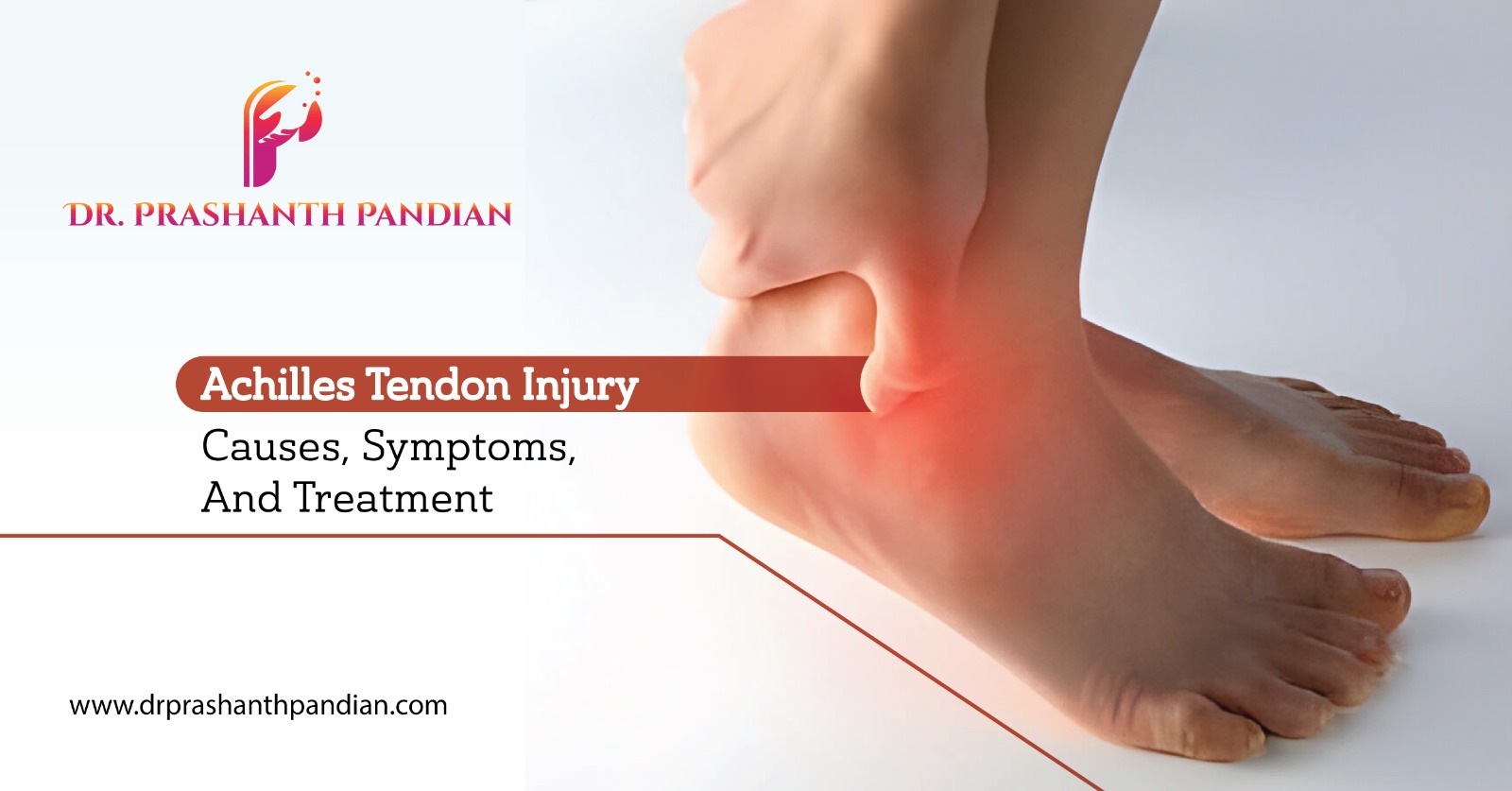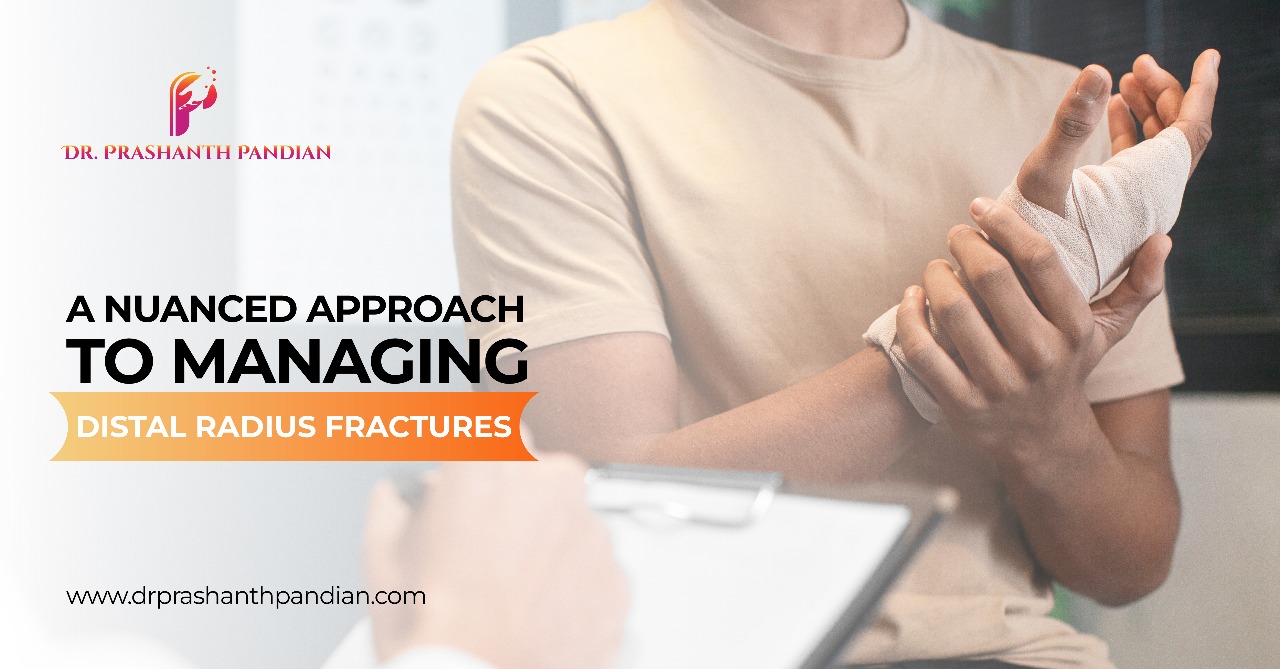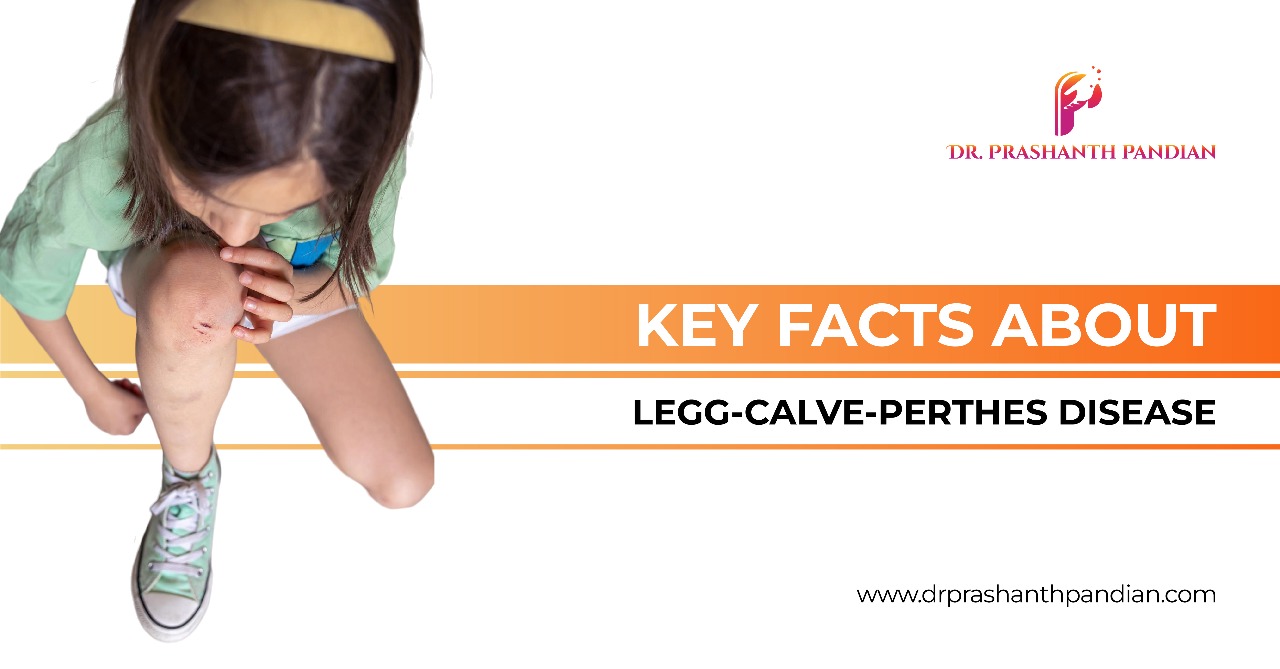Achilles tendinitis is a condition characterized by inflammation of the Achilles tendon, which connects the calf muscles to the heel bone. It commonly affects runners who increase the intensity or duration of their runs suddenly, as well as middle-aged individuals who engage in sports intermittently, such as tennis or basketball.
Symptoms typically include mild to severe pain at the back of the leg or above the heel, particularly after physical activity like running or climbing stairs. Tenderness and stiffness, especially in the morning, may also be experienced but often improve with light activity.
Several factors contribute to the risk of developing Achilles tendinitis, including gender (more common in men), age (more prevalent with aging), foot structure (such as a flat arch), obesity, tight calf muscles, worn-out shoes, cold weather, hilly terrain, certain medical conditions like psoriasis or high blood pressure, and specific medications like fluoroquinolone antibiotics.
Complications of Achilles tendinitis can include tendon tears (ruptures), which may necessitate surgical repair. However, most cases can be managed with self-care strategies under medical supervision.
Preventive measures include gradually increasing activity levels, avoiding excessive stress on the tendons, choosing appropriate footwear with good cushioning and arch support, regular stretching of calf muscles and Achilles tendon, strengthening calf muscles, and incorporating cross-training with both high-impact and low-impact activities.
Diagnosis involves a physical examination by a doctor, which may include assessing pain, tenderness, swelling, flexibility, alignment, range of motion, and reflexes of the foot and ankle. Imaging tests like X-rays, ultrasound, or MRI scans may also be ordered to confirm the diagnosis.
Treatment options range from self-care measures to more advanced interventions. Over-the-counter pain medications can help alleviate pain and inflammation. Physical therapy may involve exercises to stretch and strengthen the Achilles tendon and the surrounding muscles, along with orthotic devices like shoe insert to provide support and cushioning.
In cases where conservative treatments fail or if there’s a tendon tear, surgery may be recommended to repair the Achilles tendon. Understanding Achilles tendon injury, its causes, symptoms, and treatment options, is essential for both prevention and management of this common overuse injury.




